Choosing between a retro car and a modern marvel can be a tough decision for car enthusiasts. When it comes to holding value, which one comes out on top?
1. Initial Purchase Price

Image Credit: Shutterstock / Natee Meepian
Retro cars can range widely in price, from a few thousand dollars for a fixer-upper to millions for a pristine classic. For instance, a 1965 Ford Mustang can cost around $30,000, while a 1962 Ferrari 250 GTO can fetch upwards of $70 million. Modern luxury cars like the 2023 Mercedes-Benz S-Class start at around $110,000, providing a high starting point for value comparison.
2. Depreciation Rates

Image Credit: Shutterstock / Hryshchyshen Serhii
Modern cars typically lose 20% of their value in the first year and up to 60% after five years. A 2020 BMW 7 Series, originally priced at $86,000, might only be worth $34,000 today. In contrast, well-maintained classic cars can appreciate over time, often maintaining or even increasing their value.
3. Maintenance Costs

Image Credit: Shutterstock / thanmano
Maintaining a retro car can be expensive due to the scarcity of parts. Restoring a classic car like a 1969 Chevrolet Camaro can cost upwards of $40,000. On the flip side, modern cars like the Tesla Model S come with high-tech features but also high repair costs, with an average annual maintenance expense of $1,200.
4. Insurance Costs

Featured Image Credit: Shutterstock / Pressmaster
Insurance for classic cars can be surprisingly affordable. A 1970 Dodge Charger might cost about $600 per year to insure through a classic car insurance policy. However, insuring a new 2023 Porsche 911 can set you back around $2,000 annually.
5. Fuel Efficiency

Image Credit:Shutterstock / New Africa
Modern cars often have better fuel efficiency due to advanced engineering. A 2023 Toyota Camry hybrid gets about 52 MPG, while a classic 1970s muscle car might only achieve 10-15 MPG. This difference can add up significantly in fuel costs over the years.
6. Technological Features
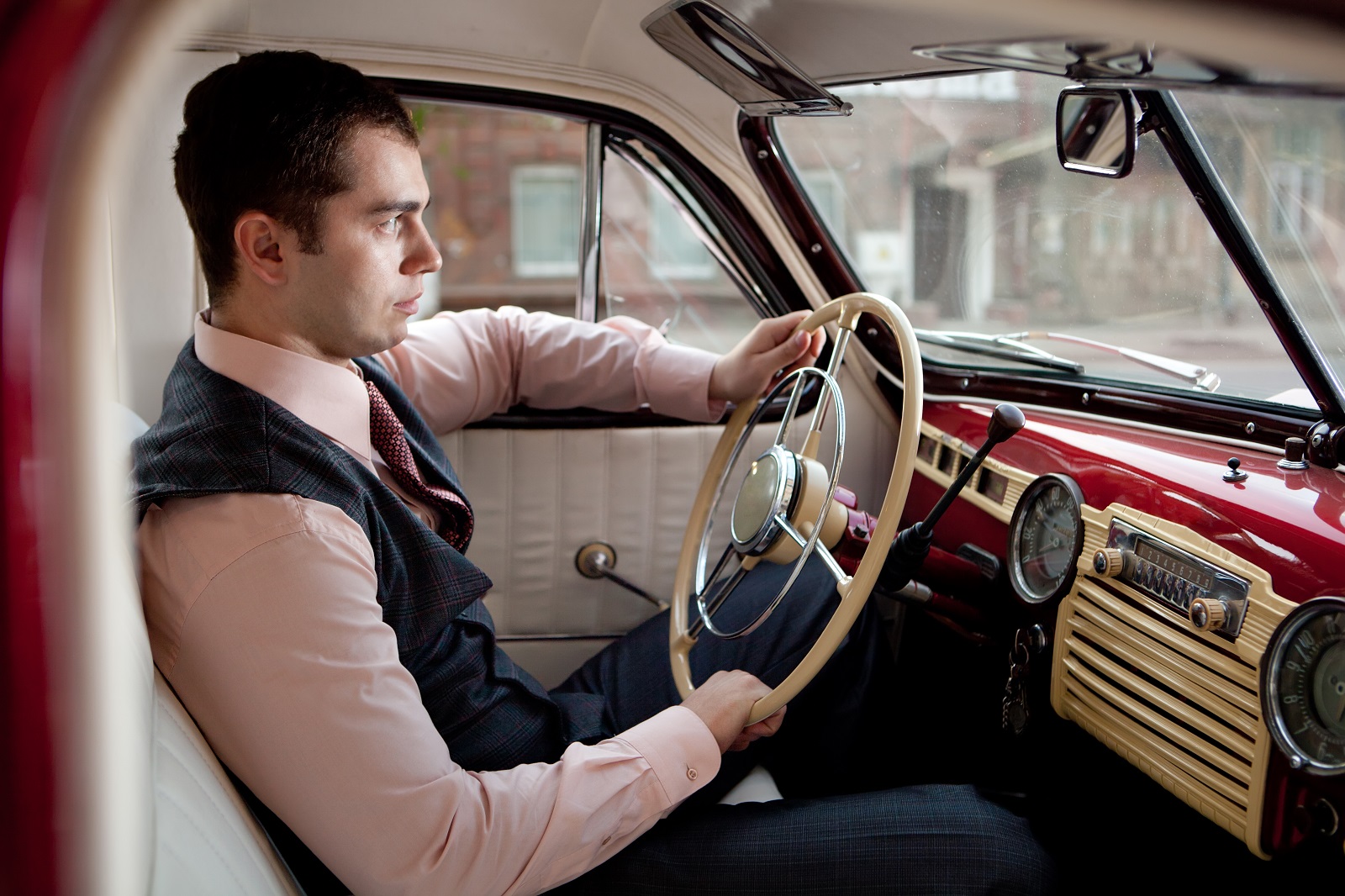
Image Credit: Shutterstock / Tereshchenko Dmitry
Modern cars are packed with tech features like GPS, automated driving assistance, and advanced safety systems. These features can add to the vehicle’s appeal but also its complexity and repair costs. Retro cars offer a nostalgic, analog driving experience without the high-tech distractions.
7. Collector’s Market

Image Credit: Shutterstock / Steve Lagreca
The collector’s market for classic cars is robust, with auction houses like Barrett-Jackson showcasing vehicles that often sell for hundreds of thousands of dollars. A 1967 Chevrolet Corvette recently sold for $3.85 million. Modern cars rarely achieve such appreciation unless they are limited edition models.
8. Historical Significance
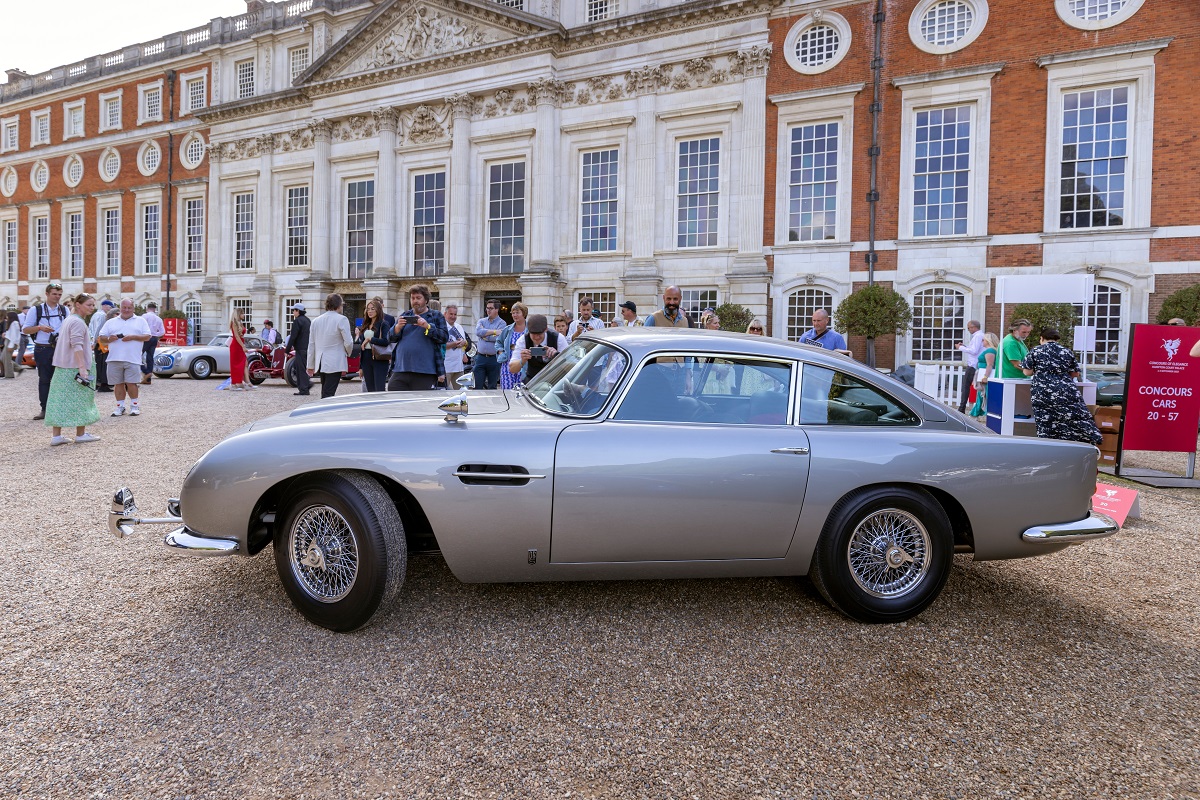
Image Credit: Shutterstock / jimmonkphotography
Retro cars often carry historical significance, which can enhance their value. For example, the 1963 Aston Martin DB5, known as the James Bond car, is highly coveted and valued at over $1 million. Modern cars lack this historical allure but might become future classics.
9. Emotional Value

Image Credit: Shutterstock / Ayman alakhras
Many buyers have a sentimental attachment to retro cars, which can drive up their value. Owning a car like a 1968 Ford Mustang might fulfill a lifelong dream. Modern cars, while impressive, often lack the same emotional resonance.
10. Performance
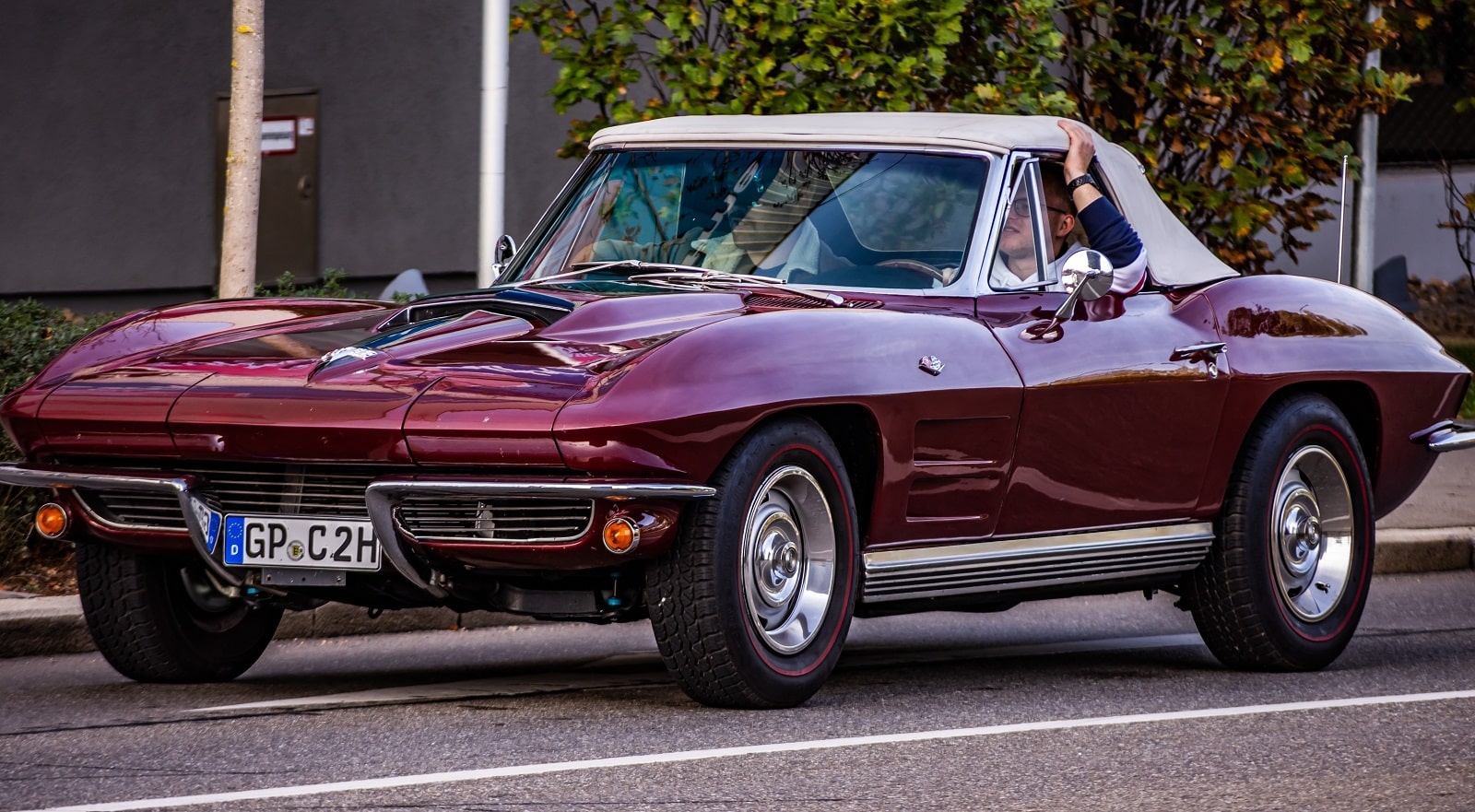
Image Credit: Shutterstock / Krisz12Photo
Modern cars usually outperform retro cars in terms of speed, handling, and safety. A 2023 Corvette Z06 can accelerate from 0 to 60 mph in 2.6 seconds, while a classic 1960s Corvette might take over 5 seconds. This performance edge is a significant factor for many buyers.
11. Rarity

Image Credit: Shutterstock / joeborg
The rarity of certain retro cars can make them highly valuable. Limited production runs, like the 1955 Mercedes-Benz 300SL Gullwing, which only had 1,400 units made, can drive prices to over $1.4 million. Modern cars with limited production, like the Bugatti Chiron, also hold their value well, priced around $3 million.
12. Community and Culture
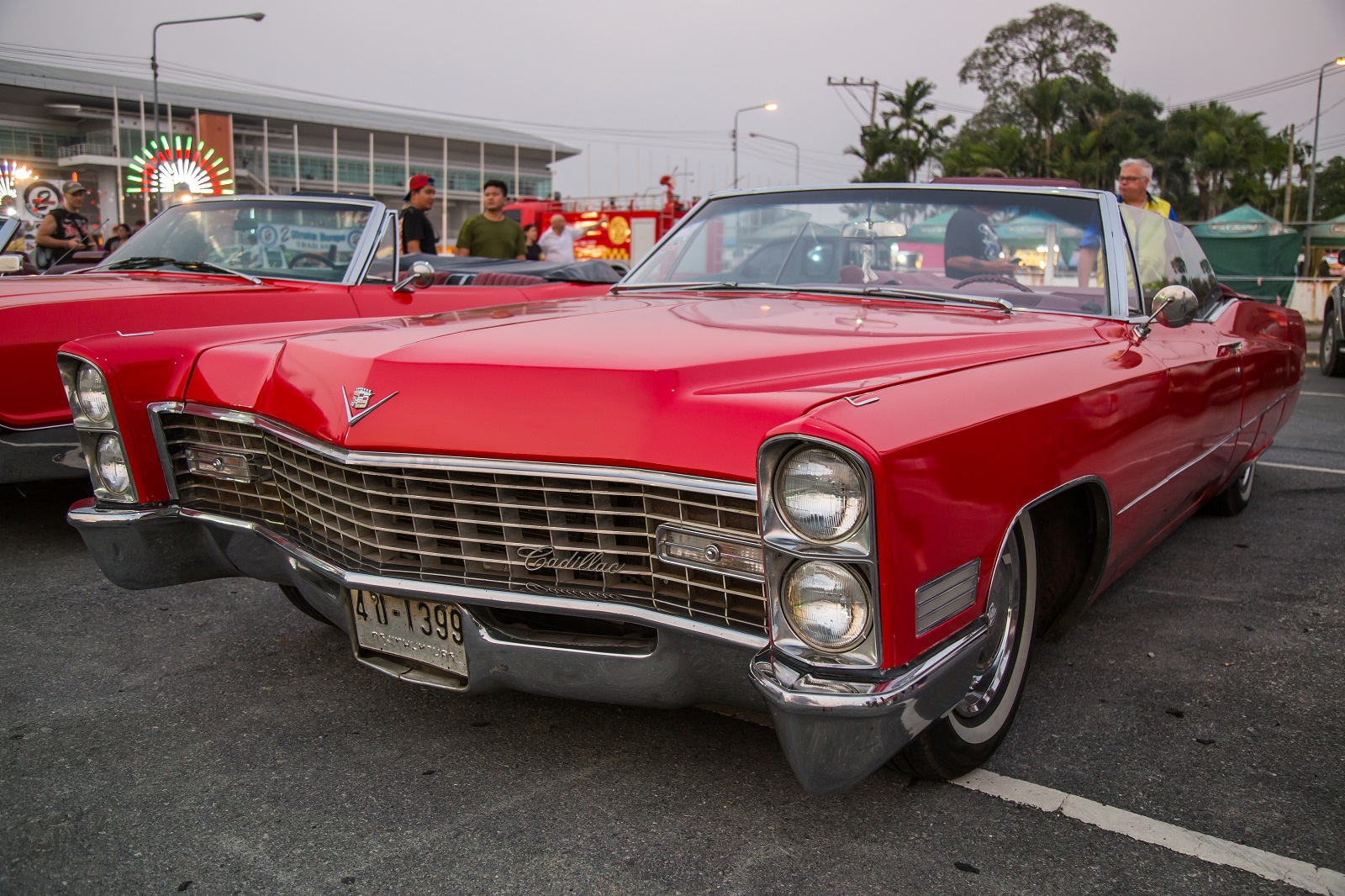
Image Credit: Shutterstock / sarunyu rapeearparkul
Owning a retro car often means being part of a passionate community. Car shows, clubs, and meetups provide a sense of camaraderie that is hard to match with modern cars. Modern car enthusiasts do have their communities, but they often revolve around different aspects like technology and performance.
13. Investment Potential
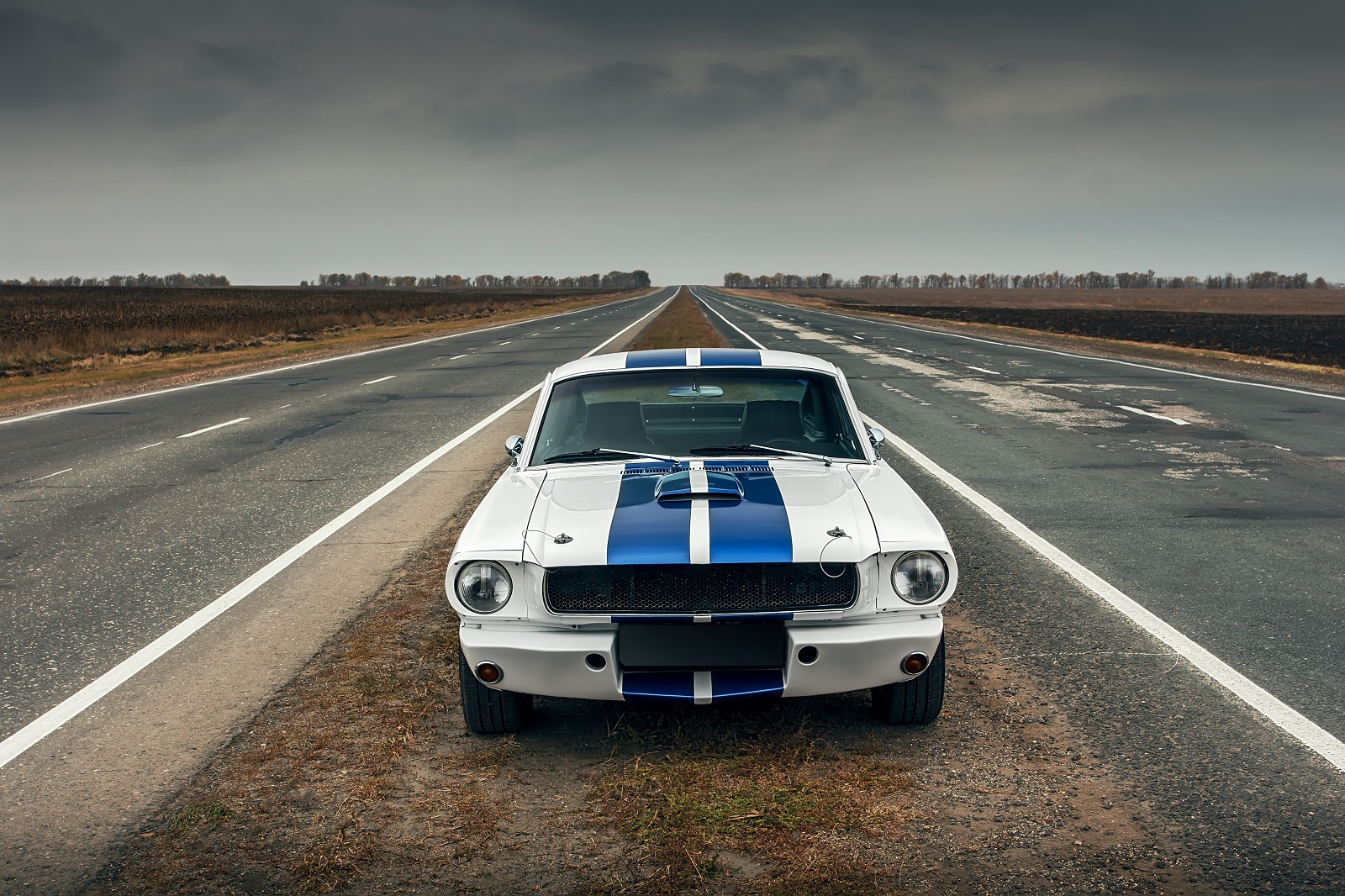
Image Credit: Shutterstock / Ivan Kurmyshov
Retro cars can be a solid investment. A 1965 Shelby GT350 that was bought for $4,000 in the 1970s could be worth over $500,000 today. Modern cars typically do not offer the same investment potential unless they are rare models.
14. Customization

Image Credit: Shutterstock / Nikita M production
Both retro and modern cars can be customized, but retro cars offer more opportunities for unique personalization. From custom paint jobs to engine modifications, the possibilities are vast. Modern cars often come with advanced electronics that are harder to modify.
15. Comfort and Convenience

Image Credit: Shutterstock / Studio MDF
Modern cars generally offer superior comfort and convenience features, such as climate control, heated seats, and advanced infotainment systems. Retro cars, while charming, often lack these amenities, which can be a downside for daily use.
16. Environmental Impact
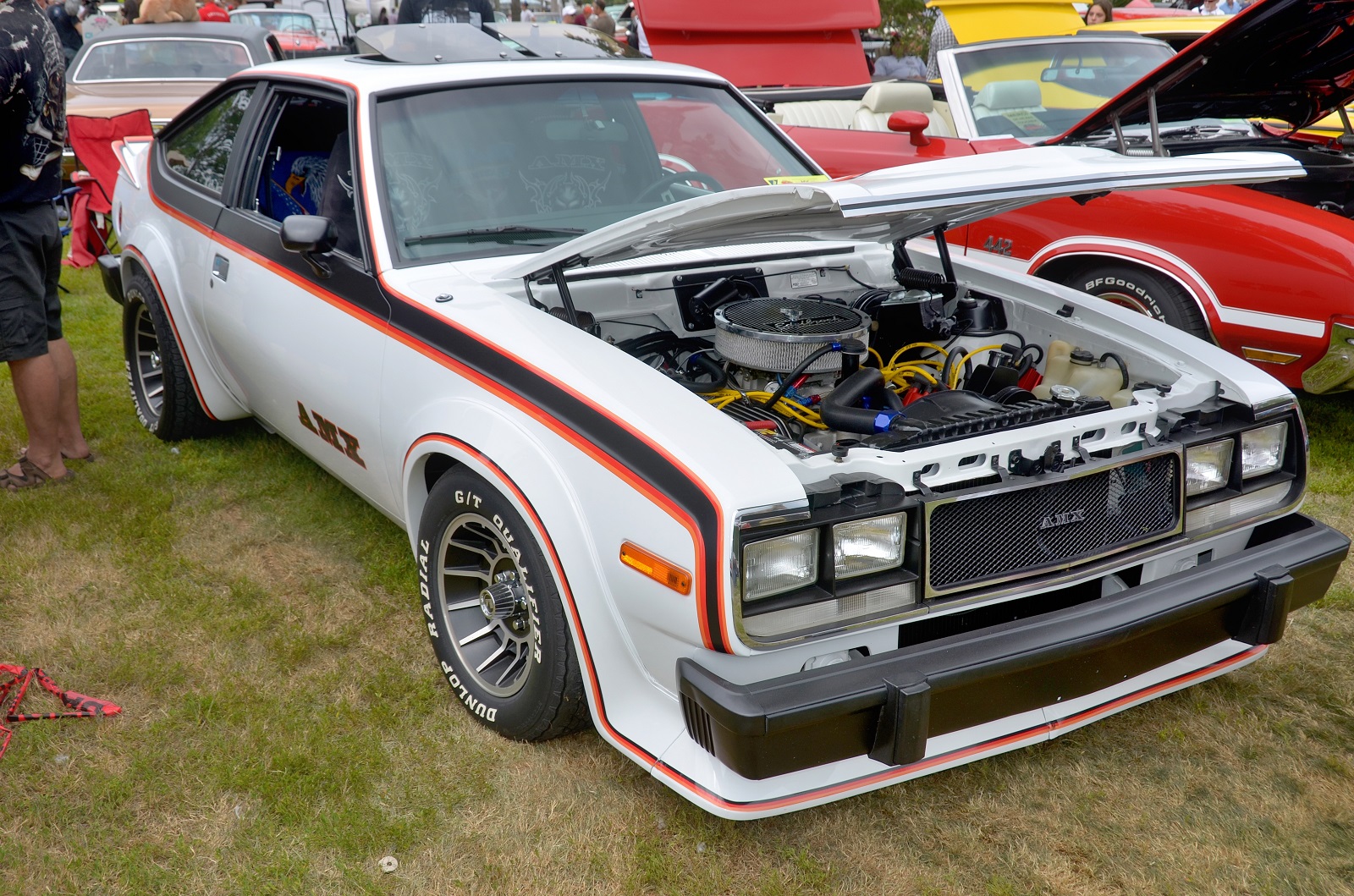
Image Credit: Shutterstock / meunierd
Modern cars, especially hybrids and electric vehicles, have a lower environmental impact. A Tesla Model 3 produces zero emissions, while a classic V8 engine from the 1960s is much less eco-friendly. This can be an important consideration for environmentally conscious buyers.
17. Resale Value Trends
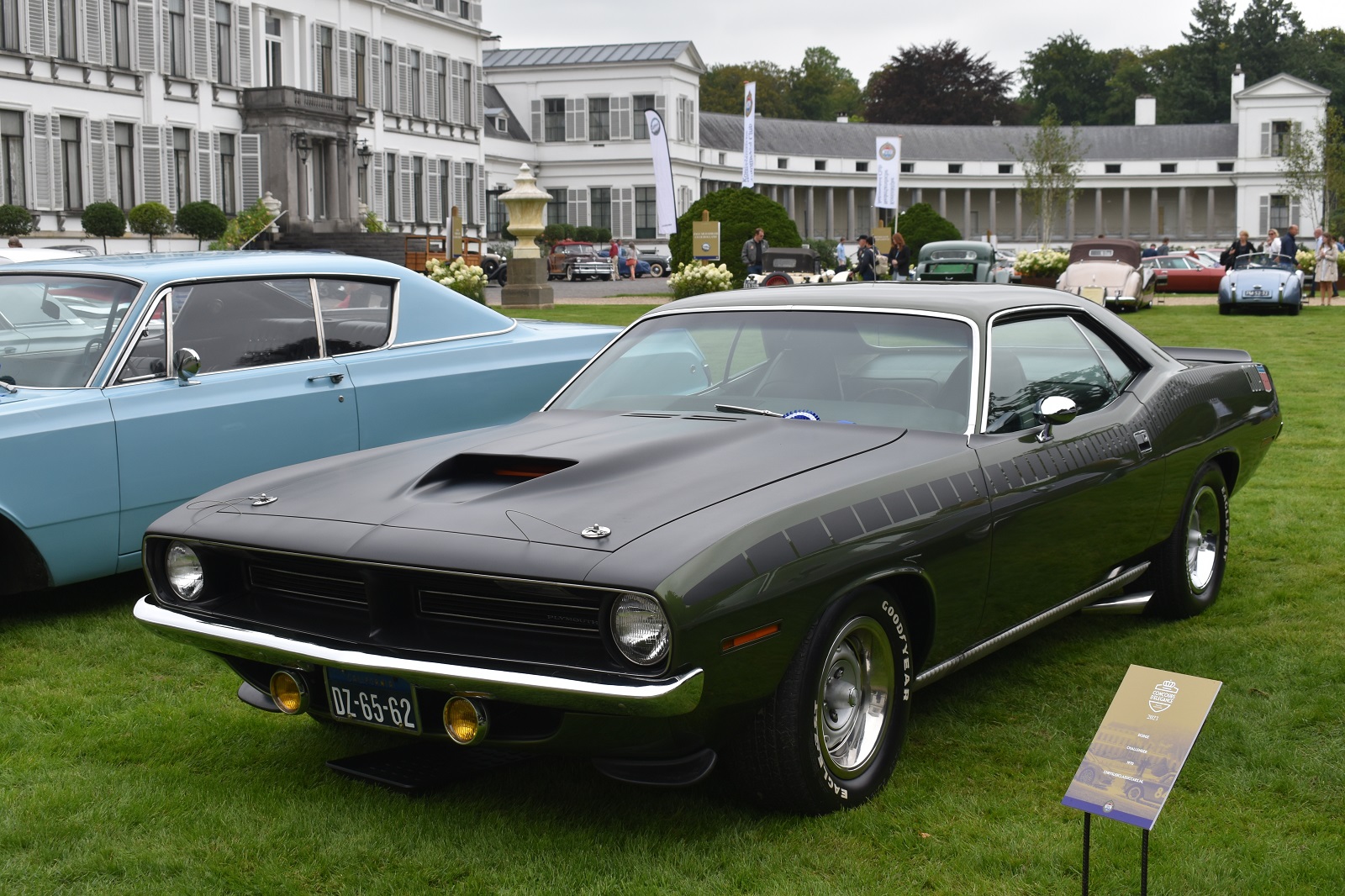
Image Credit: Shutterstock / Stoqliq
Historically, certain retro cars have shown steady appreciation. The Hagerty Price Guide tracks values of classic cars and shows that models like the 1970 Plymouth Barracuda have increased in value by over 150% in the past decade. Modern cars, unless they are rare or limited editions, typically depreciate quickly.
18. Driving Experience

Image Credit: Shutterstock / legenda
Many enthusiasts prefer the raw, unfiltered driving experience of a retro car. The direct connection to the road, the sound of the engine, and the lack of driver aids provide a unique thrill. Modern cars, with their sophisticated systems, offer a different kind of experience, often described as less engaging.
19. Legal Considerations

Image Credit: Shutterstock / Richie Chan
Some retro cars may face legal challenges regarding emissions and safety regulations. States like California have strict emissions standards that can make owning and operating older cars more complicated. Modern cars meet current standards and often come with extensive warranties.
20. Practicality
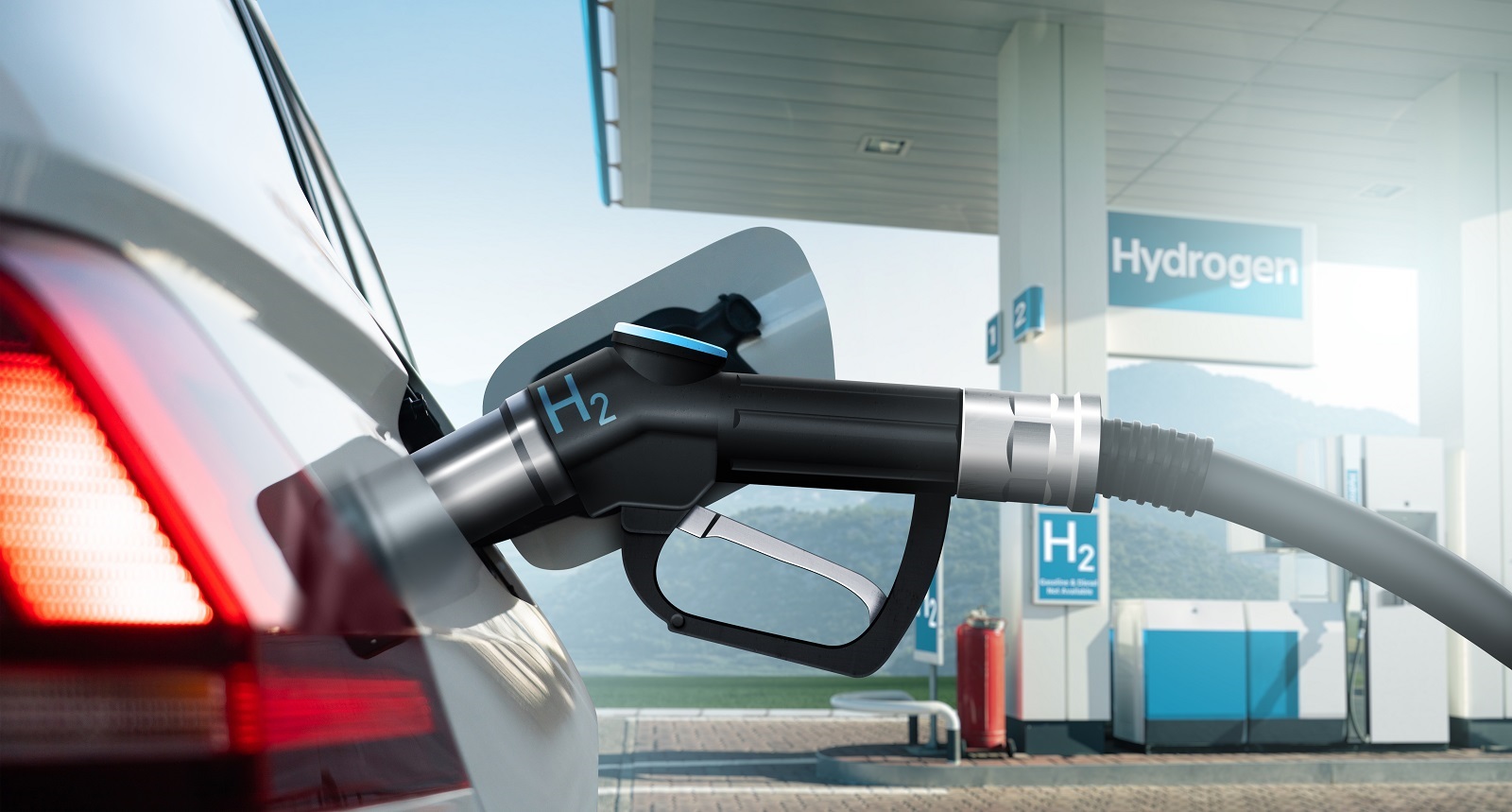
Image Credit: Shutterstock / Scharfsinn
For everyday use, modern cars are generally more practical. They offer better fuel economy, lower maintenance costs, and enhanced safety features. Retro cars, while nostalgic and fun, are often best suited for weekend drives and special occasions.
What Do You Value More?
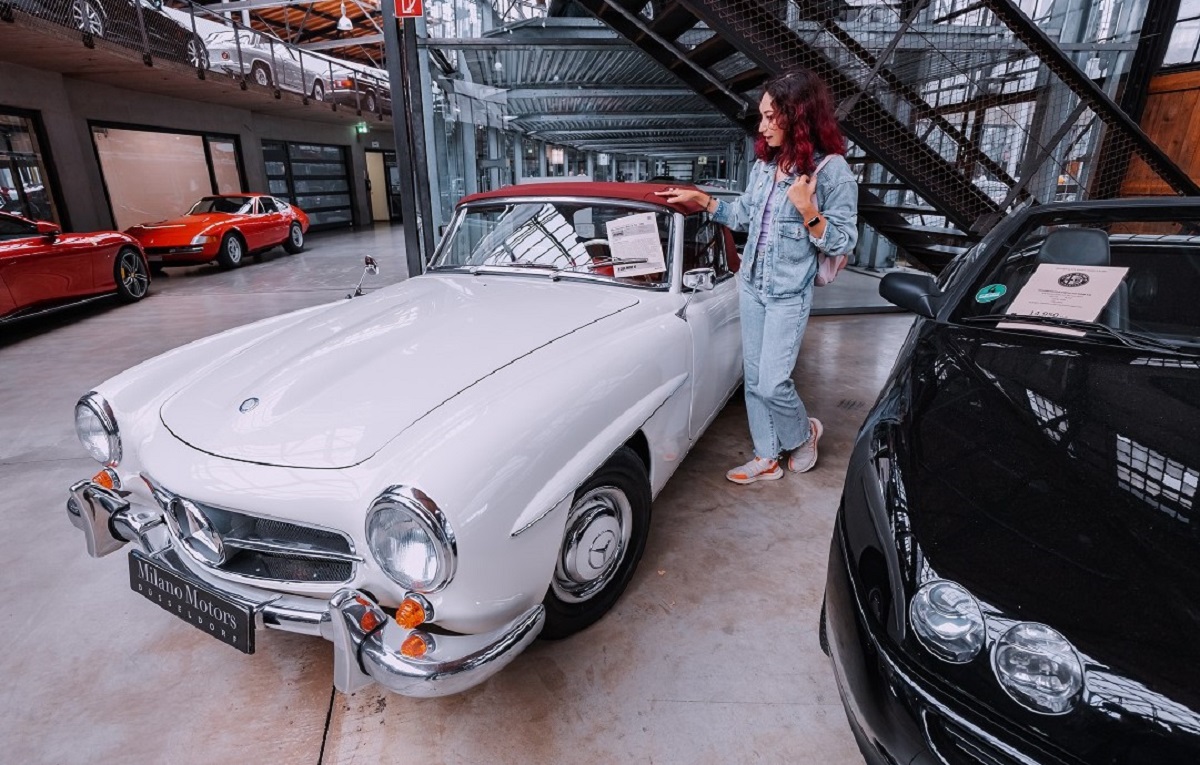
Image Credit: Shutterstock / frantic00
While retro cars offer charm, nostalgia, and potential appreciation in value, modern cars provide superior performance, safety, and practicality. Your choice depends on what you value more: the timeless appeal of a classic or the cutting-edge advancements of modern automotive engineering.
Police Magnet: 7 Cars That Guarantee You’ll Get Pulled Over

Image Credit: Shutterstock / sirtravelalot
Driving certain cars can make you more noticeable to law enforcement, even if you’re abiding by all the rules. Are you driving one of these “police magnets”? Here are seven cars that seem to attract more police attention than others. Police Magnet: 7 Cars That Guarantee You’ll Get Pulled Over
The Classic Cars That Were Total Clunkers
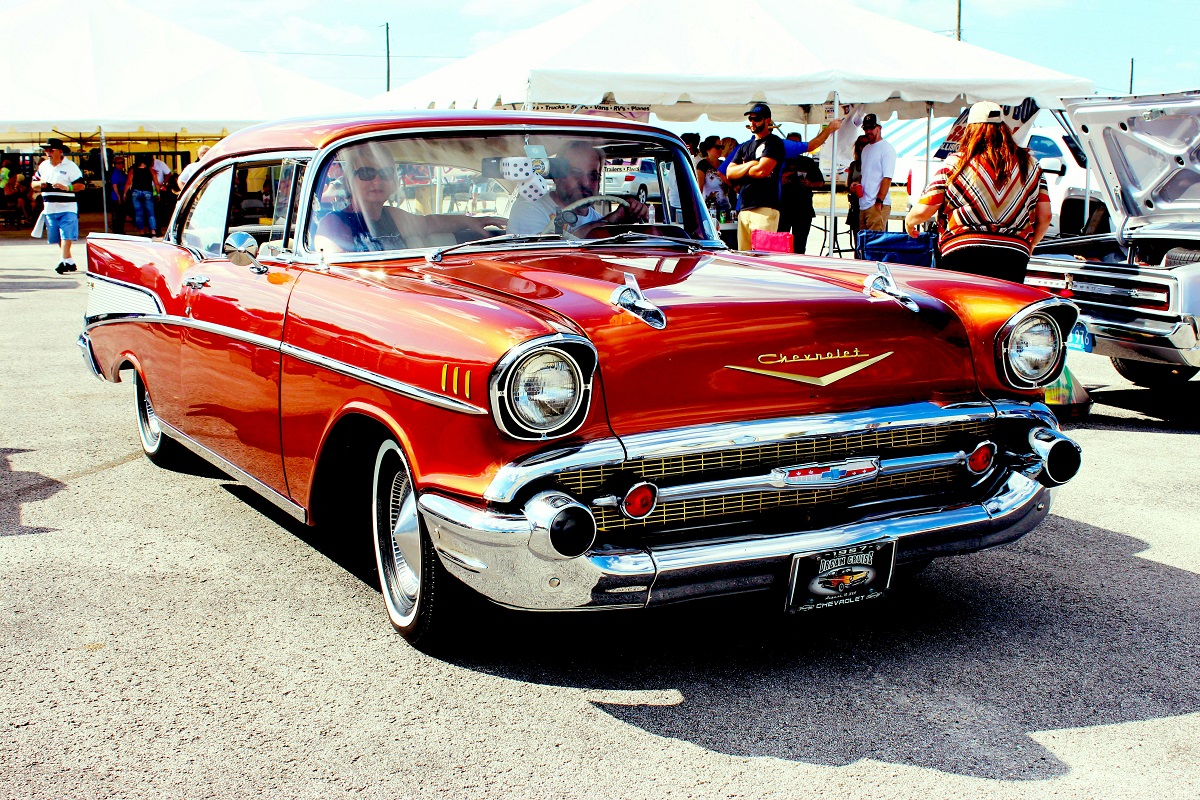
Image Credit: Pexels / Pixabay
Nostalgia has a funny way of making the past seem better than it was, especially when it comes to cars. But here’s the hard truth: some of those “classic” cars your dad raves about were real clunkers. Here’s a closer look at why some of those so-called “classics” weren’t all they were cracked up to be. The Classic Cars That Were Total Clunkers
The Worst U.S. Cars Ever Made: A Retro List
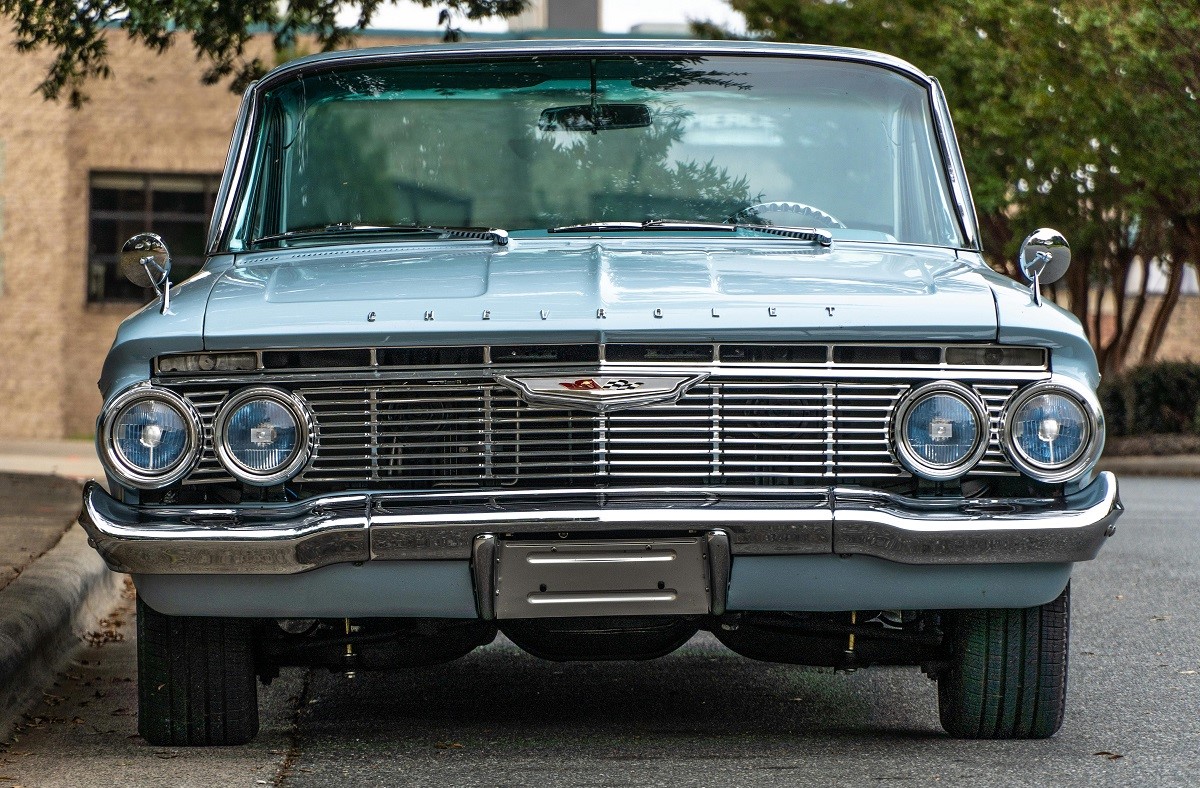
Image Credit: Pexels / Be The Observer
The U.S. auto industry has produced some incredible vehicles, but not every model was a hit. Here’s a look back at 16 of the worst cars ever made in the U.S., each infamous for its own unique flaws. The Worst U.S. Cars Ever Made: A Retro List
Featured Image Credit: Shutterstock / ViDI Studio.
For transparency, this content was partly developed with AI assistance and carefully curated by an experienced editor to be informative and ensure accuracy.
The images used are for illustrative purposes only and may not represent the actual people or places mentioned in the article.



